Memory cards have become indispensable in the world of digital photography. They replace analogue film and offer plenty of space for your photos and videos. At the beginning of the development of compact memory cards, there was initially a format war between several manufacturers. In the end, the CompaktFlash (CF) and the Secure Digital (SD) were able to establish themselves as standards. Earlier competitors such as the Memory Stick standard from Sony or the xD standard no longer play a role.
In the case of the SD standard, there was a diversification over time in terms of the dimensions of the cards. CF cards, however, still exist in only one format. The CompactFlash standard actually offers a much larger volume, yet today SD cards are ahead in terms of storage volume. MicroSD and SD cards, meanwhile, are used in numerous devices for private users. They are especially compatible with digital cameras and mobile phones. CF cards, on the other hand, are mainly used in professional photography. Some professional cameras from Canon or Nikon also have space for both memory card standards. So you are free to decide which memory card you prefer.
In general, when you are looking for memory cards, there are always a few things you should pay attention to. This applies firstly to the speed of the card and secondly to the memory size. The faster the transfer rate of the card, the less time it takes to transfer large amounts of data. This is especially advantageous for continuous shooting. However, the price increases rapidly with increasing speed, so you have to find a compromise. The memory size is also not insignificant. It is not always advisable to buy a single memory card with a large storage volume because, firstly, such cards are not supported by every camera. Secondly, it often makes sense to use several memory cards in order not to directly lose all recordings in case of a card defect or loss.
The speed specifications are set differently for CF and SD cards. For CF cards, speed is traditionally specified as x times the simple CD drive read rate, i.e. x times 150 kilobytes per second. CompactFlash 6.0 offers a maximum transfer rate of 167 megabits per second. Many top models with 1000x offer up to 150 megabits per second. In contrast, high-performance SD cards can offer up to 286 megabits per second read rate and up to 243 megabits per second write rate. This puts them above CF cards. The performance of SD cards is divided into several classes:
| Class 2 | Class 4 | Class 6 | Class 10 |
In addition, there are two UHS versions. The classes set what the minimum performance requirements are in terms of write performance. They also apply to microSD cards. However, microSD cards are not as powerful as normal SD cards. Here, the read and write rates are around 90 megabits per second. Basically, the following applies to all memory cards: the more speed you want, the more money you have to invest.
You will hardly find an SD card with a memory capacity of one gigabyte or even less today. In comparison, they are even more expensive than models that offer eight gigabytes, at around five euros. You can buy the latter for as little as three euros. 32 gigabytes are considered the standard for digital photography today and are available for as little as ten euros. Often, models with 64 gigabytes are also supported, which cost about 18 euros. It gets much more expensive with a storage capacity of 256 gigabytes, for which you pay more than 100 euros.
With microSD cards, an SD adapter is often included so that you can also use the smaller cards in a traditional SD card slot. In terms of price, there is virtually no difference between microSD and SD cards, especially for storage capacities of 16 and 32 gigabytes. Only from 64 gigabytes upwards are microSD cards currently still significantly more expensive than SD cards.
You pay a comparatively high price for CF cards with a low storage capacity. The material costs here are too high for the small number of units required due to the low demand. Models with a storage volume of up to eight gigabytes cost about seven to nine euros. For a 16 gigabyte version you pay from 14 euros and for the 32 gigabyte version about 21 euros. This already shows that CF cards are more expensive than SD cards with the same capacity. Models with 64 gigabytes cost from 46 euros, variants with 128 gigabytes from 140 euros and cards with 256 gigabytes already cost over 200 euros. However, the high price for CF cards is often worth it: they are mechanically more robust and accordingly more durable.
Compared to many other products, there are only a few special and additional functions on memory cards. Only WLAN capability is a practical additional feature. In some cases, this function is supplemented with geotagging. For such gadgets, however, you have to dig deep into your pocket because the purchase price climbs up. Eight gigabyte memory cards with WLAN start at 19 euros, for 32 gigabytes you even pay 46 euros. But the WLAN function is very practical, especially for digital cameras that are not yet equipped with WLAN. With this function, you can easily upload photos from the camera to your smartphone and share them directly with your Instagram or Facebook friends. The geotagging function is not yet widespread, so you have to budget at least 100 euros for it. However, a comparison of the individual cards is also worthwhile with regard to the warranty. Often there is no warranty at all, while some manufacturers even offer up to ten years or even more.
Memory cards offer all kinds of advantages compared to analogue film, while the disadvantages compared to analogue film are vanishingly small:
Compact design
High storage capacity for photos and videos - even in HD quality
Comparatively cheap to buy
Silent operation possible
Resistant to magnetic influences
Robust to shock
It produces hardly any waste heat
Low power is required for reading and writing
Data retention in sleep mode completely possible without power
Models with Wi-Fi capability allow photos to be shared directly with social media
Memory cards are compatible with many devices, for example via card slot also with notebooks
Retro feel falls by the wayside
When a card is defective or lost, more photos are lost at once
No one who wants to get into digital photography can avoid buying at least one SD or CF card. Most photographers even own several cards to always have enough space for all their photos and videos. When the card is full, it is simply exchanged for the next one in two simple steps and the photography can continue.
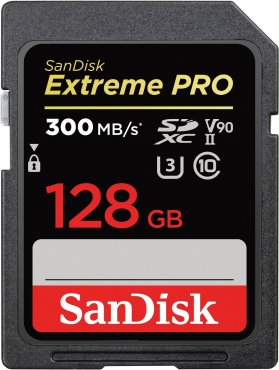
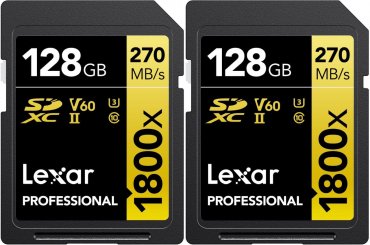
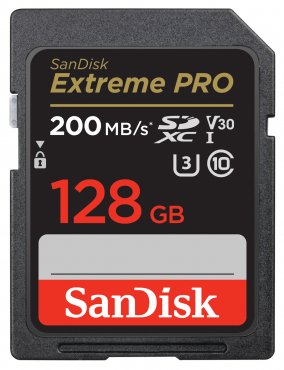
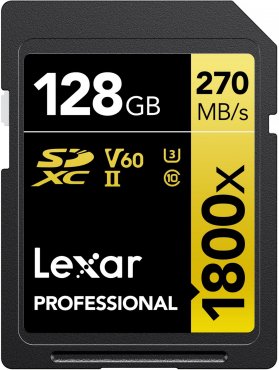
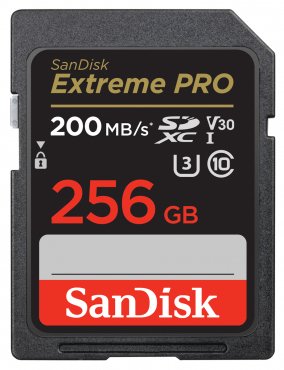
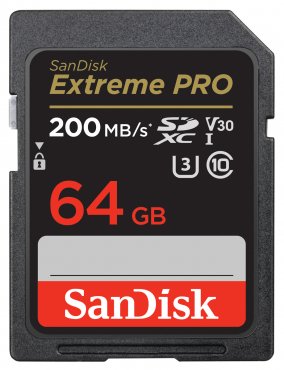

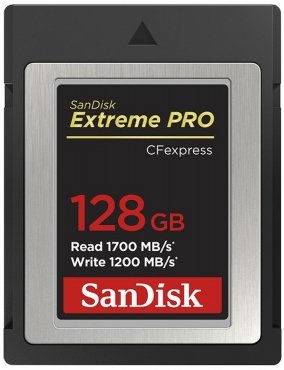
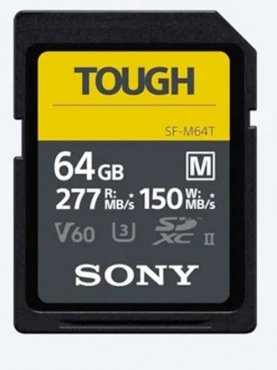
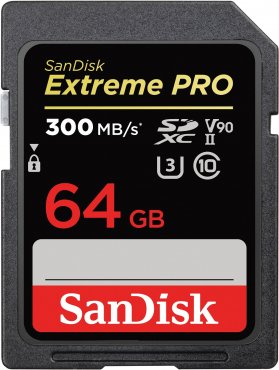
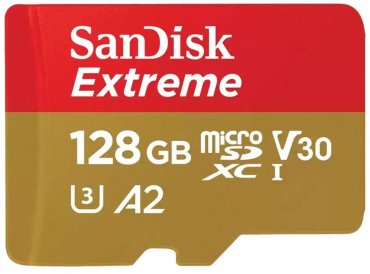
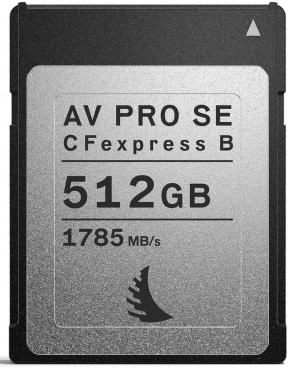
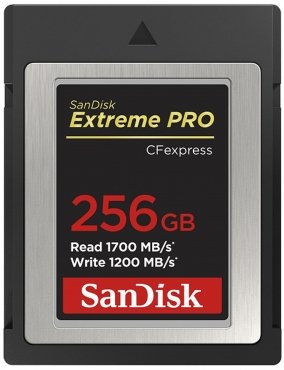
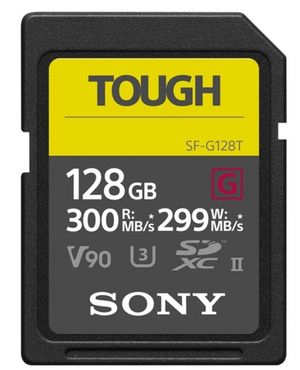
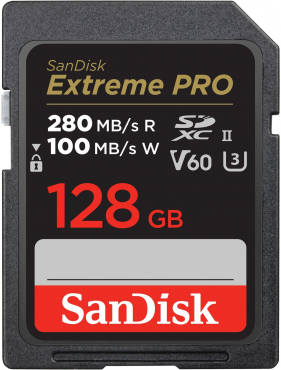
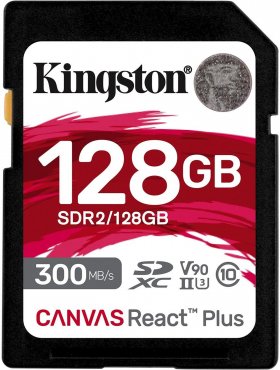

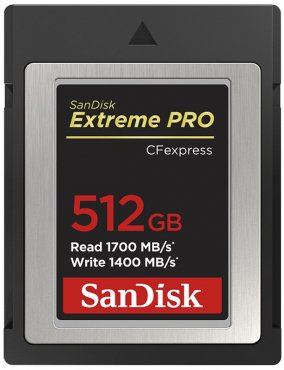

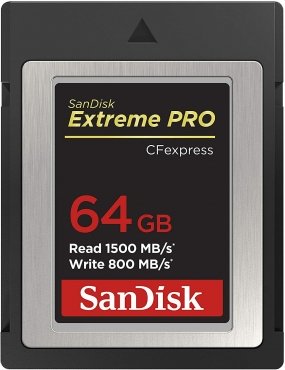
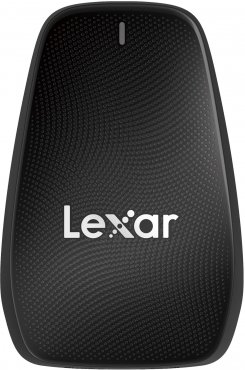

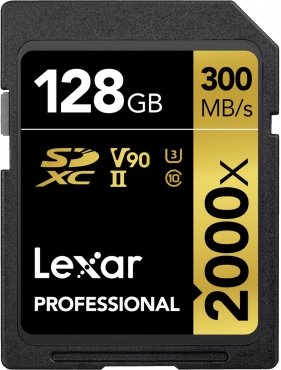

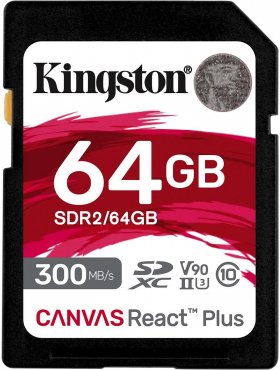


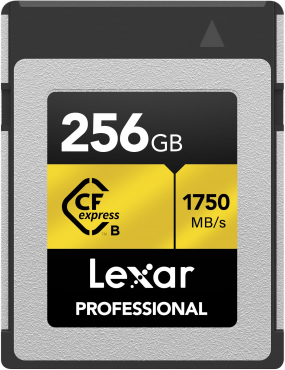

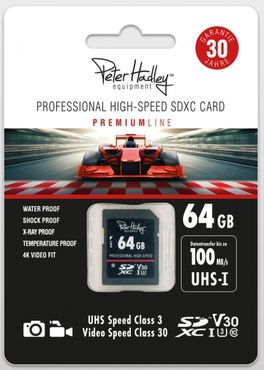
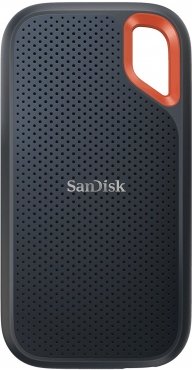

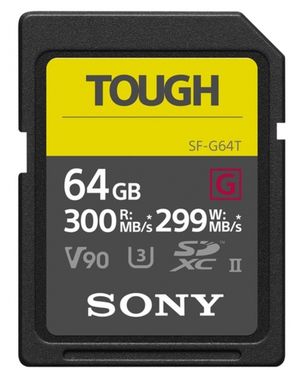
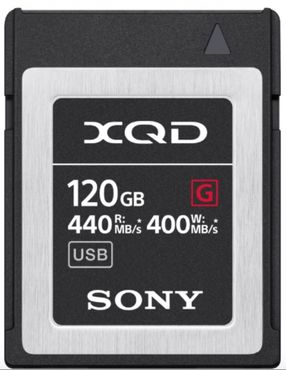

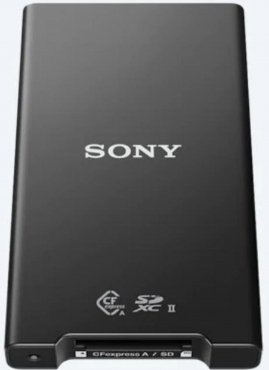
Simply subscribe and benefit as a newsletter recipient every week: